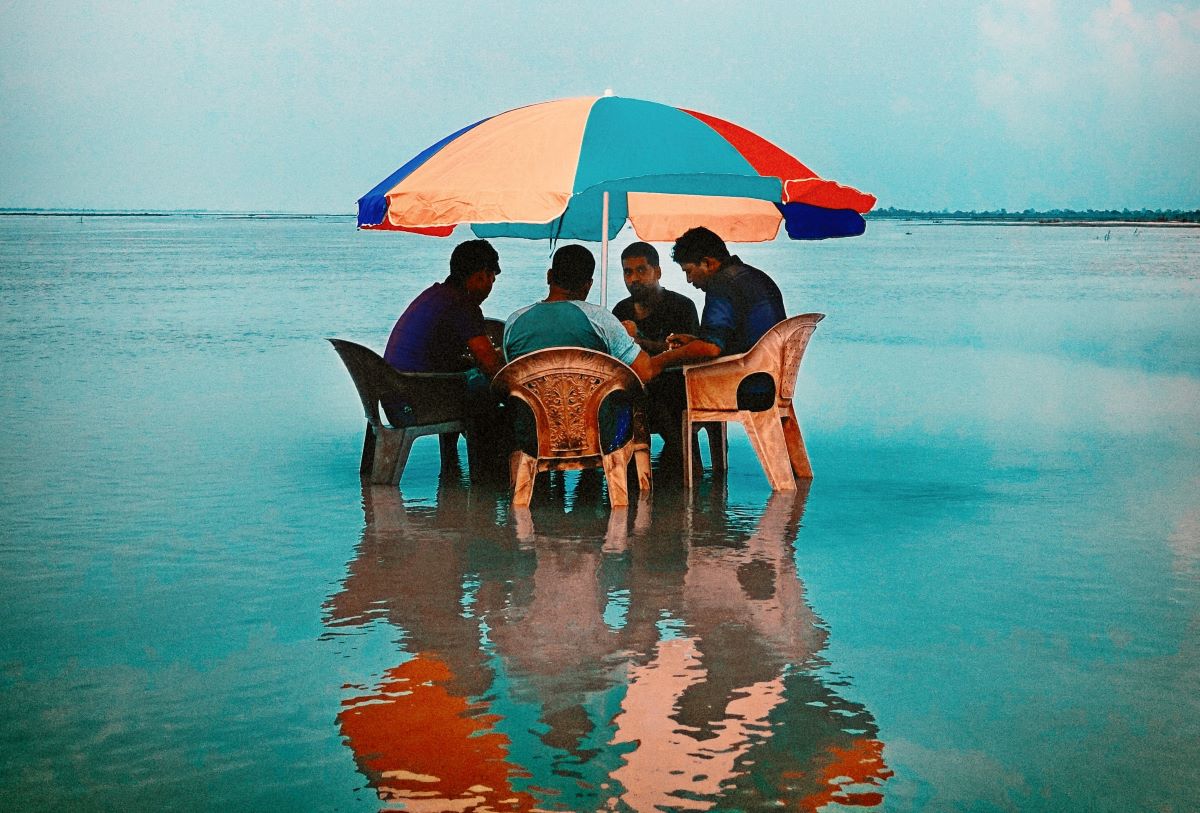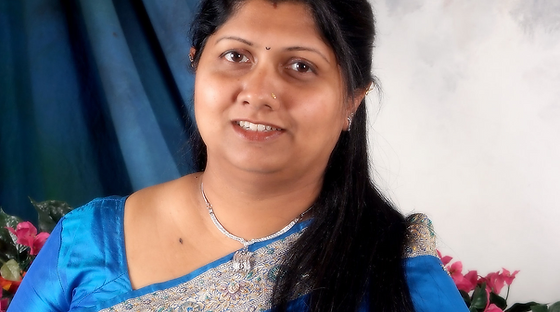By Sunita Sohrabji | India Currents
Extreme heat is not new for residents of India, where temperatures in inland areas routinely rise to 122 degrees Fahrenheit in April and May, just before the monsoon season.
Despite the killer heat, India has a relatively low ratio of heat-related deaths per capita; official records show an average of 1500 deaths per year in the country of 1.4 billion people. Critics say official records represent a massive under-count, as heat-related deaths are often attributed to other factors.
About 80% of the population lives in rural settings, without air conditioning, refrigerators, or even fans. Frequent brownouts mean that even those with cooling luxuries often cannot use them.
Balancing the Elements
Dr. Yashashree Mannur, founder of the Shubham Ayurveda clinic in Fremont, California, believes that the practice of ayurveda helps households in India combat extreme heat. The “science of life,” as it is known, is believed to have been conceptualized in the 2nd century BC by the Hindu God Brahma. Ayurveda is based on balancing the five elements of the universe: Vayu (Air), Jala (Water), Aakash (Space or ether), Prithvi (Earth), and Teja (Fire).
Mannur grew up in Pune, an inland city about 100 miles south-east of Mumbai. During the hot summer days, her family would cool down with buttermilk, and sherbets made of lemon juice, water, salt, and sugar. Green mangoes would be boiled and cooled, then juiced with water, jaggery, a little bit of salt, and cardamom for a tangy, refreshing drink known as aam panna.
“In Ayurveda, all foods have cooling properties and heating properties,” said Mannur. This does not refer to the temperature of the food, but the properties of the food, she clarified, noting that a chili pepper — for example — which has heating properties, cannot become a cooling food simply because it is popped in the refrigerator. Conversely, a warm watermelon will still cool down the body.
Buttermilk Rice
“The foods that are cold by temperature will not give you a sustaining cooling effect because when they go inside your body with the body temperature, they will get hot again. But foods that are cooling by property will not get hot by the body temperature because they are already processed by the body temperature and they still have a cooling effect,” said Mannur. Most Indian spices have heating properties and should not be used in the summer. Coriander and mint have cooling properties and can be used during the summer season, she said.
Rose petals, sandalwood, and vetiver are used extensively in India to keep bodies cool during the summer. A classic example of a summertime dish is rice mixed with buttermilk and a little rose petal syrup or jam, said Mannur. A hot cup of chai can still have a cooling effect if it is served with milk, rose petals, and sugar, all of which have cooling effects.
Cooling Foods
The Saumya Ayurveda Clinic of New Mexico has developed a comprehensive list of cooling foods, which include:
Water-Rich Vegetables (Cucumber, Asparagus, Squash, Zucchini, etc.)
Juicy Fruits (Mango, Papaya, Grapes, etc.)
Berries (Strawberries, Raspberries, Cherries, etc.)
Melon (Watermelon, Muskmelon, Cantaloupe)
Whole Grains (Rice, Quinoa, Oats, etc.)
Cooling Herbs (Dill, Cilantro, Coriander, Rose)
Coconut Water
Herbal Teas (Hibiscus and Rose)
Infused Water (Lime, Cucumber)
Rosewater Lemonade
Melon Juice
Cooling Coconut-Limeade
Most citrus fruits and root vegetables, surprisingly, are warming, not cooling. Mannur recommends balancing any sour or astringent tastes with sugar and also salt, to replace electrolytes lost in perspiration.
Sheetali Breathing
A yogic practice to keep the body cool involves sheetali breathing in which the tongue is curled to form a boat shape. Practitioners then breathe in through the folded tongue and exhale through the nose. “The breath that comes in is cooling; sheetal means cool,” explained Mannur. Clothing in the summer months should be pastel-colored cottons. Silk is not recommended, as it has heating properties, said the doctor, also warning against artificial fibers.
Ayurveda recommends massaging your body with oil as you arise each morning. Oil scented with sandalwood or vetiver can keep a body cool throughout the day, said Mannur. After a shower, sprinkle rose water on yourself or or apply herbs like sandalwood, she said, noting that both have antiperspirant properties and also give off a nice perfume effect.
Rose water, vetiver, and sandalwood can be sprinkled throughout the house, particularly on window blinds, to keep the indoors cool.
Create Humidity
“In India, the extreme heat is still humid. Here, it’s very dry. So the idea would be to create sort of a humid environment within your home or within your area.”
“You can simply take a pot of water and add rose flowers, or jasmine flowers, and put that where a breeze is coming through. That water would be extremely cooling, will be refreshing because it smells nice as well and will not trouble you with the heat,” said Mannur. Sprinkling rose water on bed linens helps a person sleep comfortably through the night, even amid heat and humidity.
Indian villagers apply cow dung to their walls to keep their homes cool. Mannur said the same effect can be created with clay.
“Ayurvedic principles have been ingrained in our culture since the last 5,000 years. Extreme heat is not new in India. But still we have managed,” she said.
This story was produced as part of a collaboration with the Office of Community Partnerships and Strategic Communication for their Heat Ready CA public awareness and outreach campaign. Visit Heat Ready CA to learn more.





